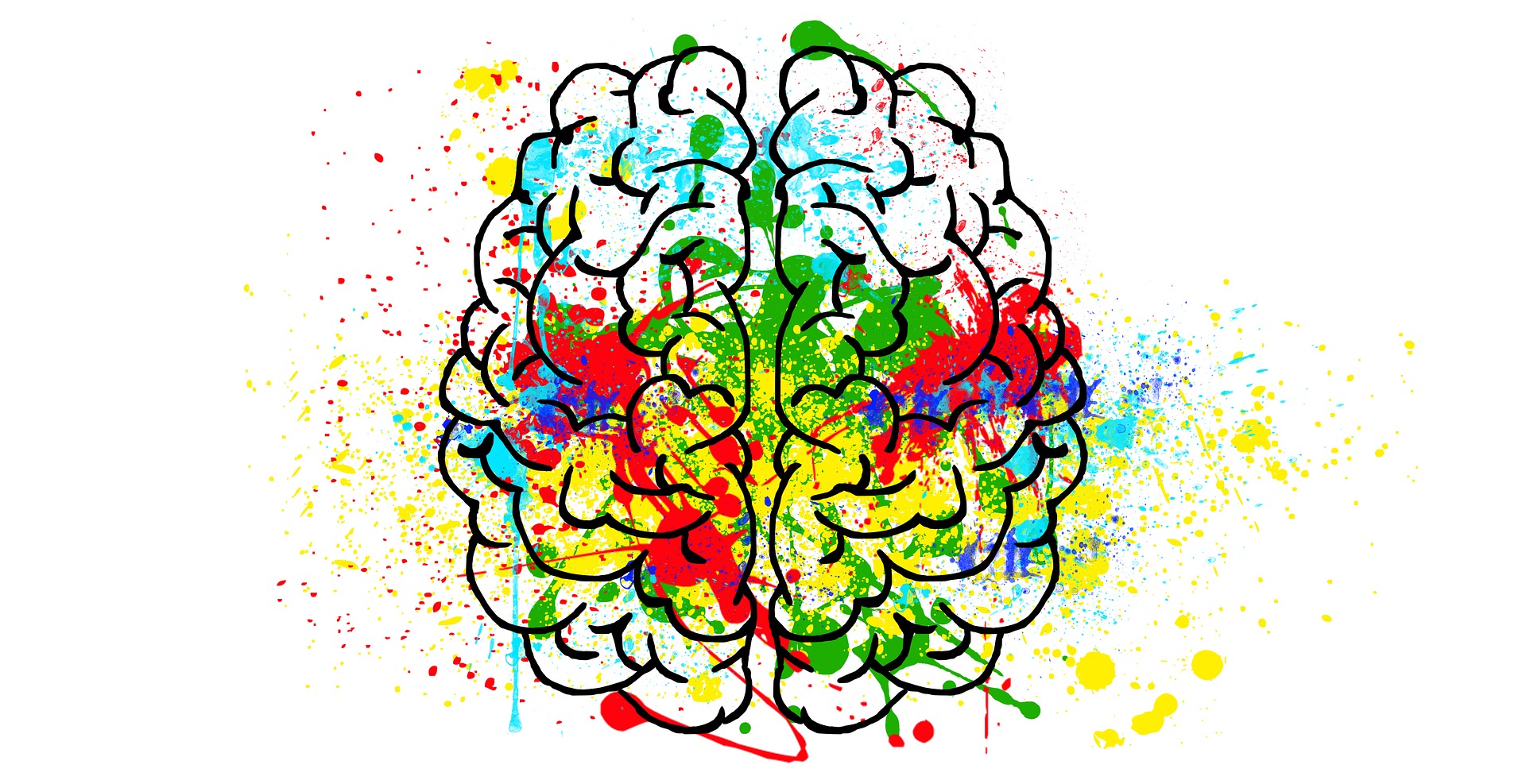Stem cell treatment for neurodegenerative diseases
Stroke is the leading cause of disability in adults worldwide and can also cause death. Due to a stroke the patient’s brain is unable to receive a sufficient amount of oxygen that leads to the death of neuronal cells. We distinguish two types of stroke – ischemic stroke that happens when the supply of blood is interrupted and hemorrhagic stroke which is caused by the damage of blood vessel due to rupturing. It is said that almost 85% of stroke conditions are ischemic. Stroke is a serious medical emergency and calls for immediate treatment or else the patient can get permanently disabled. Common symptoms and signals are depending on the part of the brain which is damaged. Typical ones include numbness of the face and other parts, dizziness, blurred vision, loss of balance etc.
Multiple sclerosis is an autoimmune demyelinating disease caused by damaging of the covers in the brain and spinal cord by the immune system or failure of the myelin-producing cells. This damage disrupts the ability of the nervous system to communicate and leads to physical and mental problems. The causes of multiple sclerosis are genetics and environmental factors for example viral infection. Typical symptoms include double vision, blindness in one eye, muscle weakness, trouble with sensation or with coordination.
Other neurodegenerative diseases represent disorders that affect or destroy the neurons present in the brain which can lead to problems in the body’s movement and mental functioning that causes dementia. Some common disorders include Parkinson’s and Alzheimer’s disease. Typical symptoms include memory loss, anxiety, forgetfulness, mood swings, impaired movement etc. These diseases cause a permanent damage hence they only get worse with the passage of time and require medication to help control the symptoms.
Although there are many treatments available for stroke, multiple sclerosis and other neurodegenerative diseases that can help improve the symptoms, there is no cure for these diseases except for stem cell therapy. Stem cell therapy has the potential to reverse the damage caused at the neuronal level by injecting new stem cells in the patient’s nervous system to replace the damaged ones.
Stem cell therapy for the treatment of neurodegenerative diseases can be performed using mesenchymal stem cells (MSCs) due to their pluripotent differentiation capability. These stem cells are delivered to the site via the intrathecal or intracerebral injections or intravenously. MSCs enter the blood brain barrier and reach the desired damaged site where these cells minimize inflammation and start repairing and restoring the brain function thereby improving all the symptoms and promoting the overall health and vitality of the patient. MSCs and other regenerative cells, sometimes called stromal vascular fraction cells (SVF cells) are easily obtained from fat, typically by liposuction under local anesthesia. Fat is actually the richest source of MSCs and is abundant in most of people just under the skin on the abdomen or buttocks. MSCs promote the growth of new neurons hence they promote the formation of blood vessels which can cure the ischemic stroke as well. They play a role in reducing inflammation and promote neural growth to counteract the presence of neurodegenerative diseases and also improving the overall immunity of the body, quality of life and health of the patient.
Stem cell therapy is a quick and simple method without the risk of rejection, immune reactions and serious side effects leading to overall rejuvenation of the body’s organs including neural tissue.







